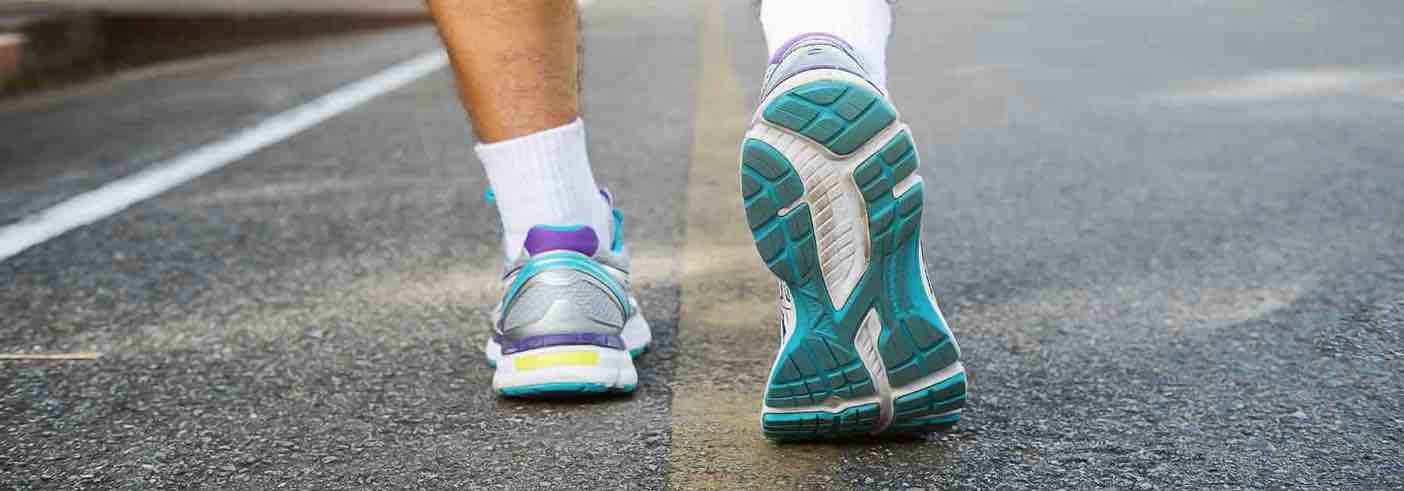At Seaton Pharmacy, one of the most common skin-related conditions we help people with is athlete’s foot. It may sound like something only runners or gym-goers get, but in reality, it affects a wide range of people, including those who’ve never set foot in a changing room.
Athlete’s foot is a fungal infection of the skin, most commonly affecting the soles of the feet and the spaces between the toes. It thrives in warm, damp environments like sweaty socks, tight shoes, and communal areas such as swimming pools and locker rooms.
The good news? It’s usually easy to treat with the right athlete’s foot cream, especially when caught early. If you’re unsure whether what you’re experiencing is athlete’s foot or something else, here are five signs it’s time to treat your feet—and why seeking help from your local pharmacy can make all the difference.
1. Itching, Burning, or Tingling Between the Toes
One of the first and most common signs of athlete’s foot is a persistent itch, usually starting between the toes. This itching can quickly become a burning or tingling sensation, particularly after removing socks or showering.
If you’ve tried moisturisers or foot soaks and the itching still returns, it could be fungal rather than dry skin. An antifungal athlete’s foot cream, such as one containing clotrimazole, terbinafine, or miconazole, can target the root cause and bring fast relief.

2. Peeling, Cracked, or Flaky Skin
Another typical symptom is flaky or peeling skin, especially along the sole or the sides of the feet. In more advanced cases, the skin may crack and become painful, putting you at risk of secondary infections.
This kind of skin damage won’t heal with ordinary lotions. Instead, consistent use of an athlete’s foot cream can help eliminate the fungus and allow the skin to repair itself. Be sure to continue treatment even after symptoms improve, as the infection may still be present beneath the surface.
3. A White, Soggy Appearance Between Toes
If the skin between your toes appears white, soft, and slightly swollen—almost as if it’s been soaked for too long—it may be showing signs of fungal overgrowth. This is particularly common in people who wear tight shoes or don’t dry between their toes thoroughly after bathing.
This white, macerated skin is often a sign that fungus has found the perfect environment to thrive. Using a targeted athlete’s foot cream, while also improving foot hygiene and ventilation, can help clear the infection before it spreads.
4. Persistent Foot Odour
Everyone’s feet smell from time to time, especially after a long day in shoes. But a strong, unpleasant odour that lingers even after washing could be a sign of athlete’s foot.
The odour is caused by a combination of sweat and the metabolic waste produced by the fungus. If this sounds familiar, it’s time to treat the underlying cause, not just the symptom. A medicated athlete’s foot cream, combined with antibacterial foot washes and breathable footwear, can help restore freshness.
5. Small Blisters or Red, Inflamed Skin
In some cases, athlete’s foot can appear as blisters, especially along the soles of the feet. These may be itchy or filled with fluid, and they’re often mistaken for allergic reactions or eczema.
Blisters caused by fungal infections require antifungal treatment, not steroid creams or barrier ointments. Applying an appropriate athlete’s foot cream early can help dry out the blisters, reduce inflammation, and prevent the infection from spreading.
Why Choose Seaton Pharmacy for Treatment?
At Seaton Pharmacy, we offer a range of effective athlete’s foot creams and antifungal products—available over the counter without the need for a GP appointment. Our trained pharmacy team can:
–> Help you choose the most appropriate treatment for your symptoms
–> Offer advice on how to apply athlete’s foot cream correctly
–> Recommend steps to prevent reinfection, such as proper foot hygiene, sock selection, and footwear choices
–> Provide follow-up guidance if symptoms persist or worsen
We also stock sprays and powders for treating shoes and socks, which is essential for stopping the fungus from coming back.

When to See a Healthcare Professional
If your symptoms don’t improve after two weeks of using athlete’s foot cream, or if the infection spreads to your toenails or other parts of the body, you may need prescription-strength treatment. Speak to your pharmacist or GP for further advice.
You can access treatment and advice for athlete’s foot through our NHS Minor Ailments service, offering convenient, expert care without the need to see a GP.
Don’t Wait—Treat Your Feet
Ignoring athlete’s foot rarely makes it go away. Left untreated, it can lead to painful cracking, bacterial infections, and even fungal nail problems. The earlier you begin using athlete’s foot cream, the easier it is to clear the infection and keep it from coming back.
If you think you might have athlete’s foot, reach out or pop into Seaton Pharmacy today. Our friendly team is here to help you find fast, effective relief—and get you back on your feet in no time.
This blog was written on behalf of Seaton Pharmacy by Pharmacy Mentor.

